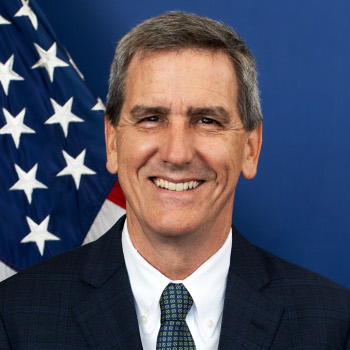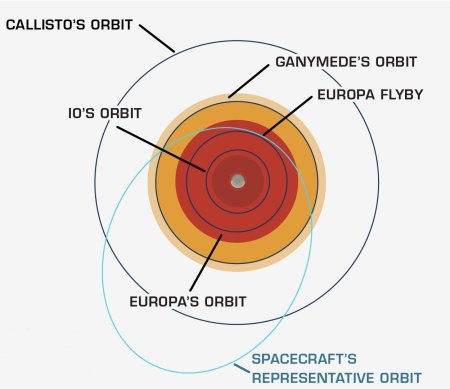Intelsat satellite breaks up in geosynchronous orbit
An Intelsat communications satellite launched in 2016 has broken up in its high geosynchronous orbit, scattering into as many as 57 pieces of debris.
“U.S. Space Forces-Space (S4S) has confirmed the breakup of Intelsat 33E (#41748, 2016-053B) in GEO on October 19, 2024, at approximately 0430 UTC,” states an alert posted on SpaceTrack, the U.S. Department of Defense’s space-tracking platform. “Currently tracking around 20 associated pieces – analysis ongoing. S4S has observed no immediate threats and is continuing to conduct routine conjunction assessments to support the safety and sustainability of the space domain.”
Douglas Hendrix, CEO of ExoAnalytic Solutions, said the U.S.-based space-tracking company identified 57 pieces of debris Oct. 21 associated with the breakup. “We are warning operators of any spacecraft that we think are at risk of collision,” Hendrix said via email.
This satellite, which served Europe, Africa, and parts of Asia, has had thruster issues since launch, suggesting the breakup might have been caused by similar issues.
At the moment is is unclear whether the debris will threaten other satellites in geosynchronous orbit.
The break-up once again highlights the profit potential for companies capable of removing such space junk. Communications companies like Intelsat as well as others in close orbits would certainly be willing to pay someone to clean things up, for many reasons.
An Intelsat communications satellite launched in 2016 has broken up in its high geosynchronous orbit, scattering into as many as 57 pieces of debris.
“U.S. Space Forces-Space (S4S) has confirmed the breakup of Intelsat 33E (#41748, 2016-053B) in GEO on October 19, 2024, at approximately 0430 UTC,” states an alert posted on SpaceTrack, the U.S. Department of Defense’s space-tracking platform. “Currently tracking around 20 associated pieces – analysis ongoing. S4S has observed no immediate threats and is continuing to conduct routine conjunction assessments to support the safety and sustainability of the space domain.”
Douglas Hendrix, CEO of ExoAnalytic Solutions, said the U.S.-based space-tracking company identified 57 pieces of debris Oct. 21 associated with the breakup. “We are warning operators of any spacecraft that we think are at risk of collision,” Hendrix said via email.
This satellite, which served Europe, Africa, and parts of Asia, has had thruster issues since launch, suggesting the breakup might have been caused by similar issues.
At the moment is is unclear whether the debris will threaten other satellites in geosynchronous orbit.
The break-up once again highlights the profit potential for companies capable of removing such space junk. Communications companies like Intelsat as well as others in close orbits would certainly be willing to pay someone to clean things up, for many reasons.






